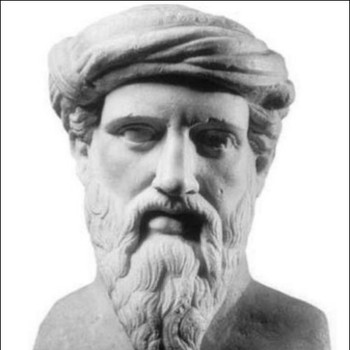No. 53 is a head-shaker for me. Do you use one number and multiply it with the other two? I don't get this one. HELP!!!!

1 Answer
See explanation.
Explanation:
You're probably thinking too hard.
This is an easy one to answer.
The question is asking for an equation that has the given numbers as solutions.
That is to say, if you plug-in either -2, 1, or 5, you end up having 0.
Let's start by making an equation that becomes zero when you plug-in -2:
You see in this equation that if x is replaced by -2, it becomes zero.
Okay, super-easy.
Now think of another equation that becomes zero when you plug-in 1:
Great!
Finally, let's make another equation that becomes zero when you plug-in 5, which would be:
Awesome!
Now, we can put these three equations together by multiplying them, which gives us:
i.e.
and doing the multiplication on the first two "blocks" opening up the parentheses, this becomes:
and finally:
i.e.
is one solution. (You can check if it is correct by actually plugging in the numbers -2, 1, or 5!)
You could have infinitely many other solutions by multiplying k(x) by some real number

